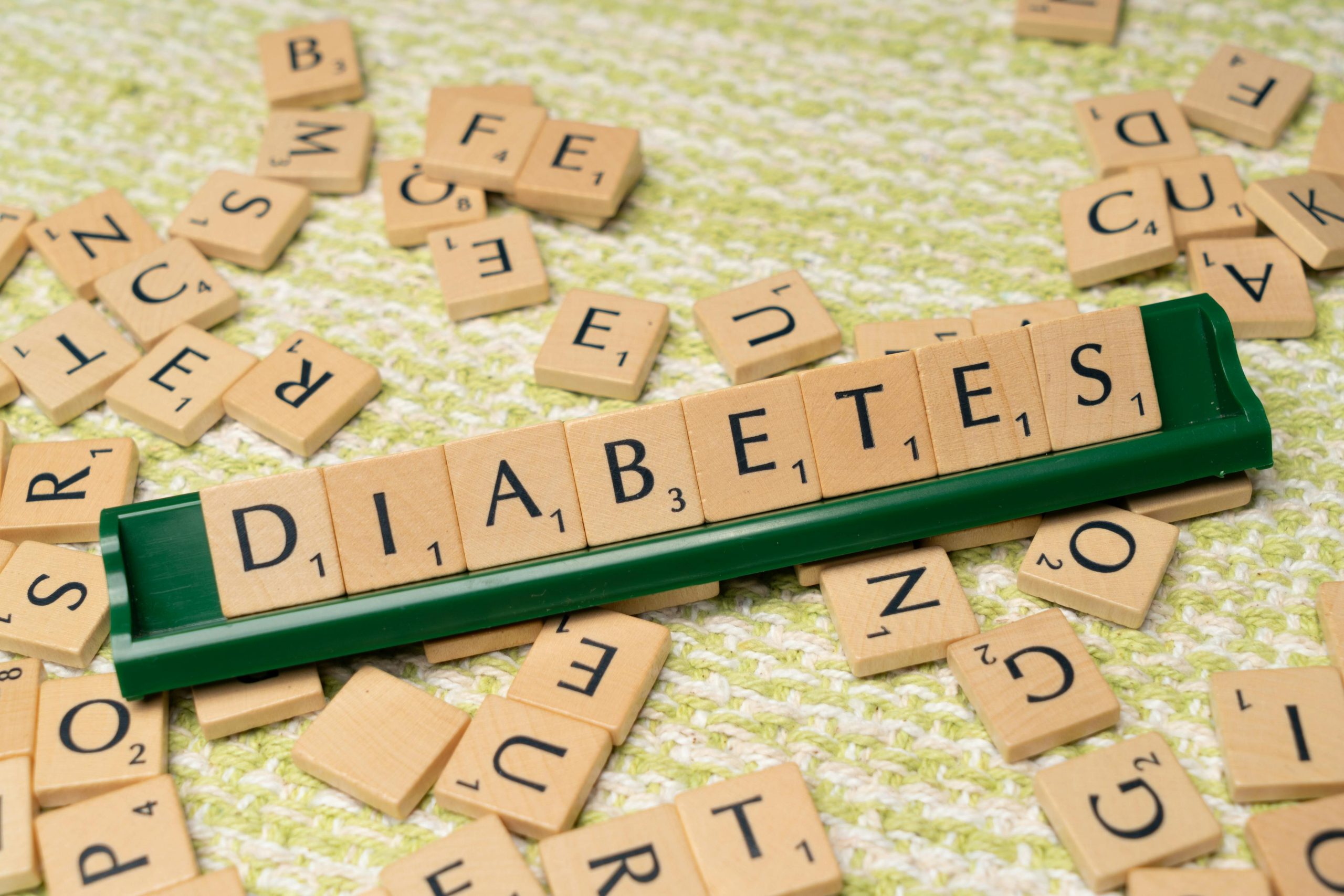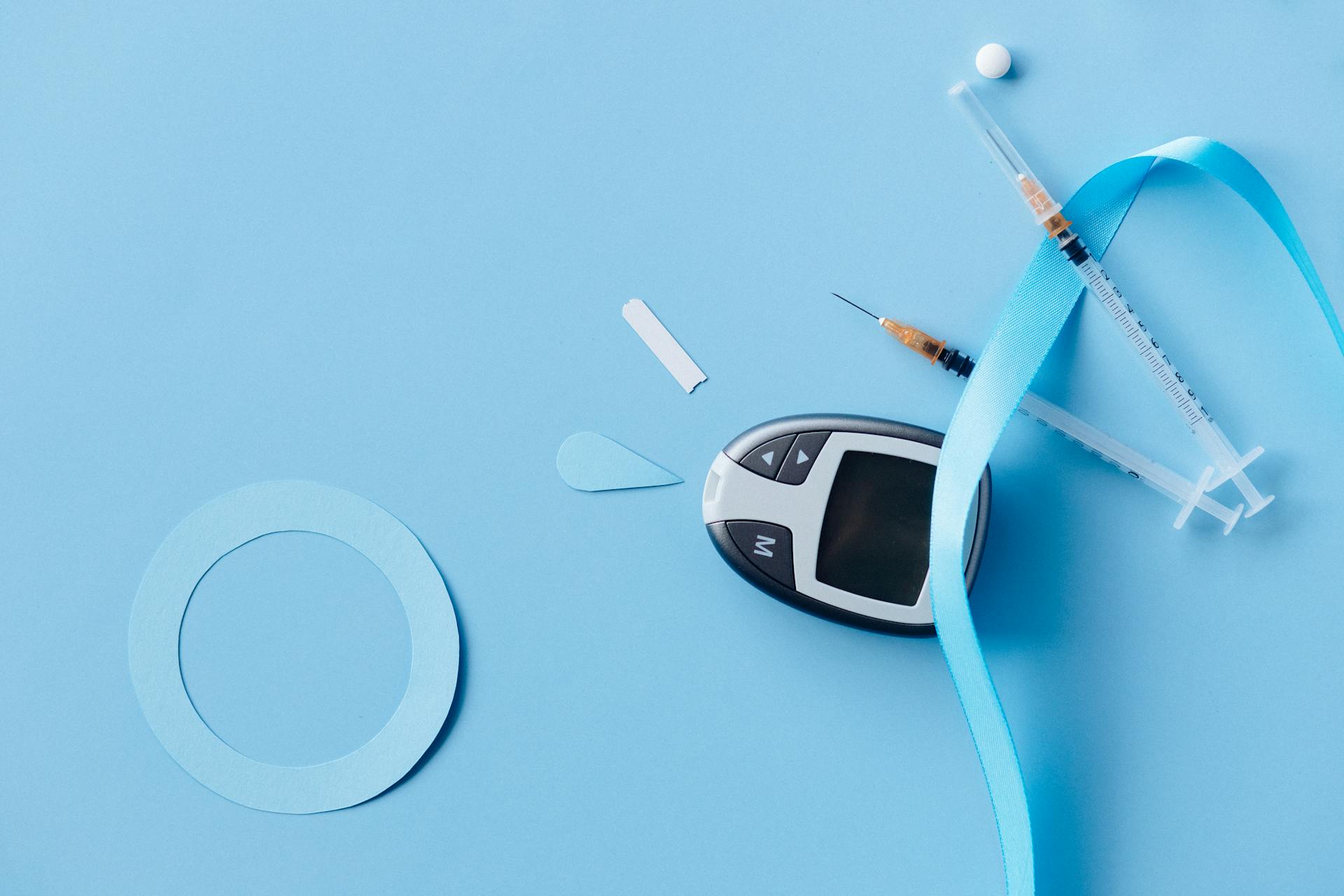Type 2 diabetes, a chronic condition affecting how the body processes blood sugar (glucose), develops over time and is closely associated with lifestyle factors. However, genetics also play a crucial role. The body either resists the effects of insulin — a hormone that regulates the movement of sugar into cells — or doesn’t produce enough insulin to maintain normal glucose levels.
Understanding Type 2 diabetes is essential for identifying preventive measures, managing the condition effectively, and mitigating the associated risks.
Causes and Risk Factors
The onset of Type 2 diabetes is influenced by a combination of lifestyle and genetic factors, with several others that can increase the risk of developing it.
Genetic Factors
- Family History: A significant risk factor for Type 2 diabetes is a family history of the disease. Individuals with a parent or sibling with Type 2 diabetes are at a higher risk.
- Ethnicity: Certain ethnic groups, including African American, Hispanic, Native American, Asian American, and Pacific Islander, have a higher prevalence of Type 2 diabetes.
Lifestyle Factors
- Overweight and Obesity: Excess body fat, especially when concentrated around the abdomen, increases the body’s resistance to insulin.
- Physical Inactivity: A sedentary lifestyle contributes significantly to the risk of Type 2 diabetes. Regular physical activity helps control weight, uses glucose as energy, and makes cells more sensitive to insulin.
- Diet: A diet high in calories, processed foods, and sugary drinks contributes to obesity and increases the risk of Type 2 diabetes.
Other Risk Factors
- Age: The risk of developing Type 2 diabetes increases with age, especially after 45 years. However, it is increasingly being diagnosed in younger age groups, including children, adolescents, and young adults, due to rising obesity rates.
- Gestational Diabetes: Women who have developed gestational diabetes during pregnancy are at a higher risk of developing Type 2 diabetes later in life.
- Polycystic Ovary Syndrome (PCOS): Women with PCOS are at a higher risk of developing Type 2 diabetes.
Symptoms and Diagnosis
Symptoms
Type 2 diabetes often develops gradually, and its symptoms may be subtle or seemingly harmless at first. However, recognizing the symptoms early can lead to timely diagnosis and treatment, potentially preventing complications. Common symptoms include:
- Increased thirst and urination: High blood sugar levels lead to more frequent urination to eliminate the glucose, which in turn increases thirst.
- Fatigue: Insufficient sugar moving into cells can cause energy depletion, leading to tiredness.
- Blurred vision: Changes in fluid levels in the body can cause the lenses of the eyes to swell, affecting focus.
- Slow-healing sores or infections: High blood sugar levels can impair blood circulation and the body’s ability to heal.
- Increased hunger: Despite eating more, the lack of insulin to move sugar into cells can cause persistent hunger.
- Weight loss: Despite eating more, you may lose weight as the body resorts to burning fat and muscle for energy due to insufficient sugar moving into your cells.
- Areas of darkened skin: Known as acanthosis nigricans, these patches often form in the armpits and neck.
Diagnosis
Diagnosing Type 2 diabetes involves several tests, which may include:
A1C test
This blood test measures average blood sugar levels over the past 2 to 3 months. An A1C level of 6.5% or higher on two separate tests indicates diabetes.
Fasting blood sugar test
A blood sample will be taken after an overnight fast. A fasting blood sugar level of 126 mg/dL (7 mmol/L) or higher on two separate tests is diagnostic for diabetes.
Oral glucose tolerance test (OGTT)
After fasting overnight, blood sugar is measured. Then, you’ll drink a sugary liquid, and blood sugar levels will be tested periodically for the next two hours. A blood sugar level of 200 mg/dL (11.1 mmol/L) or higher suggests diabetes.
Treatment
The treatment of Type 2 diabetes focuses on effectively managing blood sugar levels to prevent complications. Treatment strategies are often tailored to individual needs, taking into account other health conditions and personal circumstances.
Medications
- Metformin: Often the first medication prescribed, it works by improving the body’s sensitivity to insulin and reducing glucose production in the liver.
- Sulfonylureas: These help the pancreas produce more insulin.
- DPP-4 inhibitors: They have a modest effect in lowering blood sugar without causing weight gain.
- GLP-1 receptor agonists: These drugs slow digestion and help lower blood sugar levels.
- SGLT2 inhibitors: They prevent the kidneys from reabsorbing glucose, leading to its excretion in urine.
- Insulin therapy: Some individuals may require insulin injections to manage their blood sugar levels.
Blood Sugar Monitoring
Regular monitoring of blood sugar levels is important for managing Type 2 diabetes. Regular monitoring of blood sugar levels helps by adjusting treatment based on how well the condition is controlled and the type of treatment used.
Lifestyle Management
- Dietary changes: Emphasising a diet rich in fruits, vegetables, whole grains, and lean proteins can help manage blood sugar levels.
- Regular physical activity: Engaging in moderate exercise, such as brisk walking, for at least 150 minutes a week is recommended.
- Weight management: Losing weight can improve insulin sensitivity and blood sugar levels.
Prevention
Preventing Type 2 diabetes involves sustainable lifestyle changes, particularly for those with increased genetic or lifestyle-related risk factors. A balanced diet emphasising fruits, vegetables, whole grains, lean proteins, and portion control supports healthy weight management and reduces diabetes risk.
Regular physical activity, alongside weight management, enhances insulin sensitivity and aids in maintaining a healthy weight. Additionally, routine health screenings, smoking cessation, and moderating alcohol intake are crucial in identifying prediabetes early and mitigating risk factors for Type 2 diabetes.
Complications of Type 2 Diabetes
Type 2 diabetes, if not adequately managed, can lead to a wide range of complications, affecting various parts of the body. These complications can develop gradually over time and may lead to severe and life-threatening conditions. Key complications include:
Heart and Blood Vessel Disease
Cardiovascular problems, including heart attack, stroke, atherosclerosis (narrowing of the arteries), and hypertension, are more common in individuals with Type 2 diabetes.
Nerve Damage (Neuropathy)
Peripheral neuropathy often affects the legs and feet, leading to pain, tingling, numbness, and the risk of infection.
Kidney Damage (Nephropathy)
Chronic kidney disease can progress to end-stage kidney failure, necessitating dialysis or a kidney transplant.
Eye Damage
Diabetic retinopathy, caused by damage to the retina’s blood vessels, can lead to blindness. Individuals with diabetes are also at higher risk for cataracts and glaucoma.
Foot Damage
Poor circulation and nerve damage increase the risk of foot complications, including infections and ulcers, sometimes requiring amputation.
Skin Conditions
Diabetes can leave the skin more susceptible to bacterial and fungal infections.
Sleep Apnea
Obstructive sleep apnea prevalence is higher among those with Type 2 diabetes, exacerbating symptoms and complications.
Alzheimer’s Disease
Type 2 diabetes may increase the risk of dementia, including Alzheimer’s disease.






